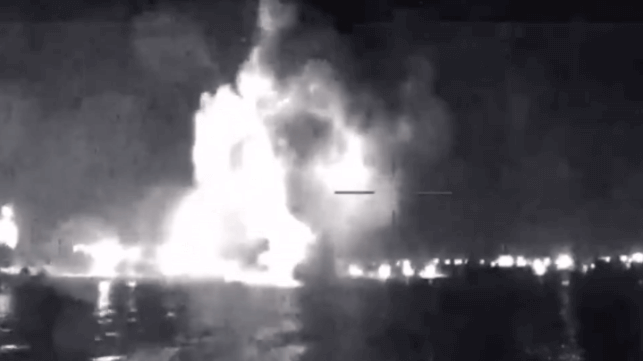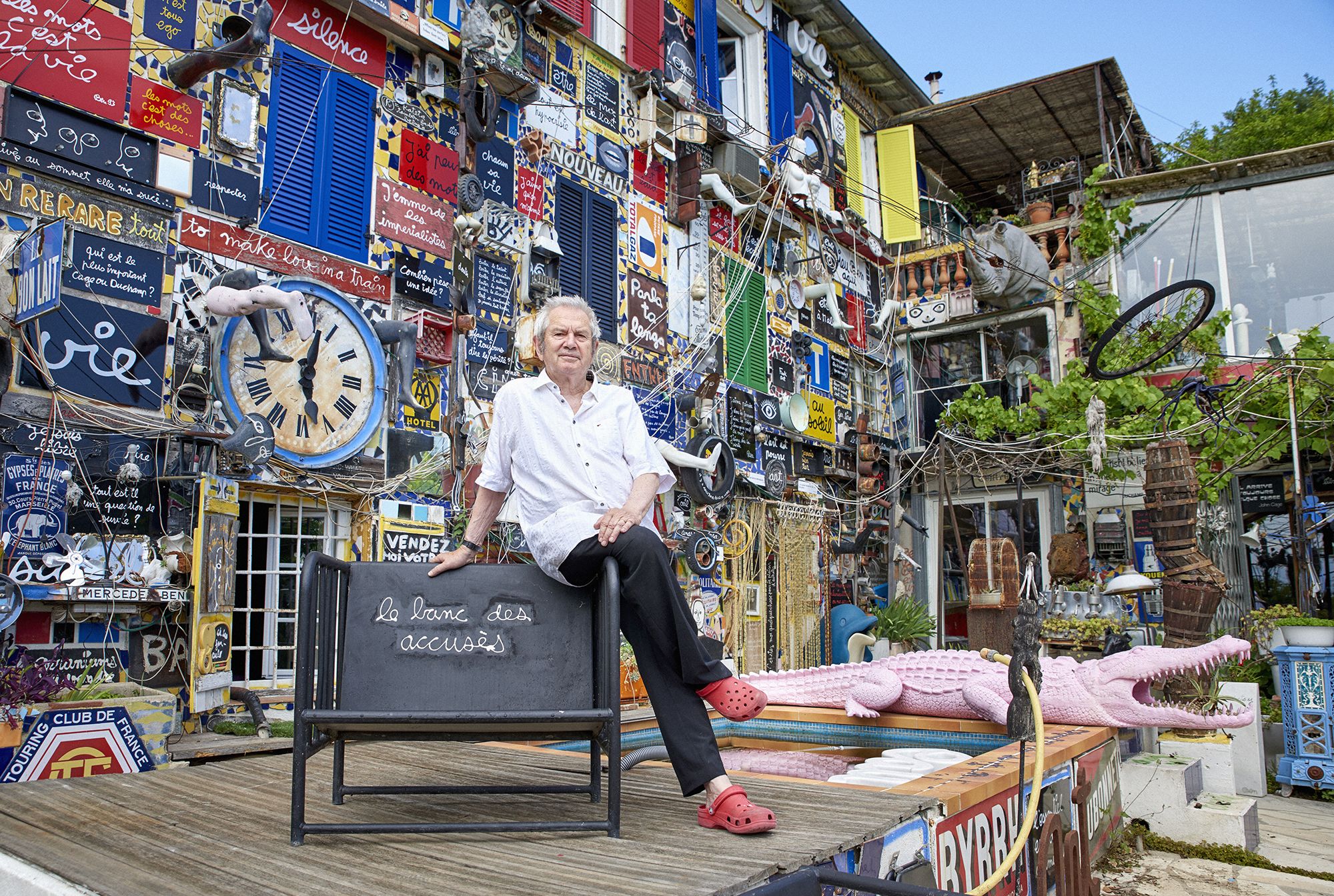Bulker Fends Off Pirates While Houthis Launch New Salvo in Red Sea
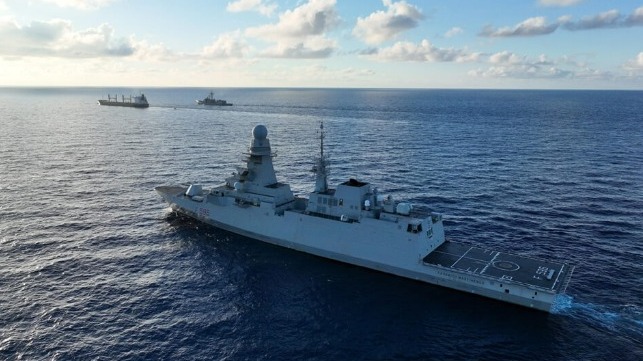
The situation in the Red Sea region remains very volatile with several new reports. The EU monitoring group is warning of at least three pirate groups being active with two attempted assaults in the past week, while the Houthis conducted an increased level of activity however with no successful attacks.
The latest attempted boarding took place today on a merchant vessel sailing near Somalia. It happened as EU NAVFOR Atalanta increased its estimations in an update issued yesterday saying that it now believes at least three or more Pirate Action Groups (PAGs) could be sailing off the Somali coast, at the area around Socotra and off the coast of Garacad.
A merchant ship sailing 355 nautical miles east of Mogadiscio, Somalia is the latest to report an approach. A skiff was reportedly launched from a mother ship approximately five nautical miles from the vessel and came within 400 meters. EOS Risk Group is reporting that security guards on the vessel fired nine warning shots at the approaching skiff which UKMTO reports contained six armed individuals. The skiff broke off the approach at that point and the vessel was able to proceed without a further incident.
Neptune P2P Group is reporting the vessel involved in today’s incident is the Marshall Island-flagged bulk carrier Pacific Honor (58,900 dwt). It is a Japanese-managed bulker. Neptune notes that the location of this incident is “close to where the cargo ship MV Basilisk was boarded by suspected pirates on May 23,” speculating it could be the same group.
A week ago, a Cook Island-flagged crude oil tanker, Arabesca (105,000 dwt) also reported being approached but it was to the north of the Horn of Africa heading into the Red Sea bound for the Suez Canal. In that situation, the master of the tanker reported spotting two dhows each towing three skiffs that were approaching but they were able to elude them without incident.
Atalanta warns that six to seven dhows that have been taken remain unaccounted for and possibly still in the hands of their captors. In the past 30 days, they received reports of five approaches and three vessels being attacked.
Several hours earlier, the UK Maritime Trade Organizations also received a report of two explosions near a vessel 27 nautical miles south of Al Mukha, Yemen near the Bab el-Mandeb. The unnamed ship reported no damage and said it was proceeding.
The Houthis spokesperson late on Friday cited two further attacks without specifics. Yahya Saree said they continued to target ships of companies calling in Israel citing a Malta-registered Greek containership Elbella (23,400 dwt). He also cited the AAL Genoa (25,733 dwt). The cargo ship is registered in Cyprus and managed by Columbia Shipmanagement.
U.S. Central Command is also reporting a very active 24-hour period. CENTCOM said forces destroyed eight Houthi uncrewed aerial systems and two Houthi uncrewed surface vessels in the Red Sea. The Houthis also launched one anti-ship ballistic missile over the Red Sea.
The Italian frigate Virginio Fasan, on assignment to the EU NAVFOR Aspides, also engaged with the Houthis while protecting a merchant vessel in the Red Sea. The frigate repelled a UAV attack.
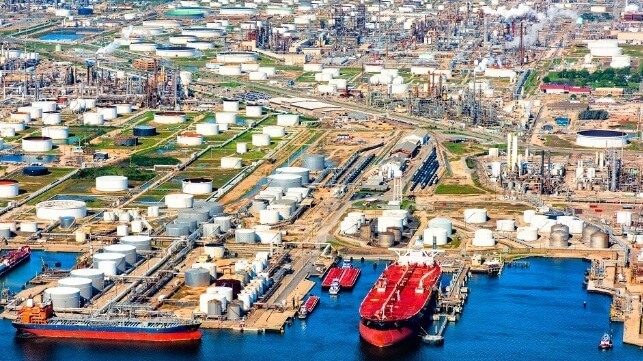
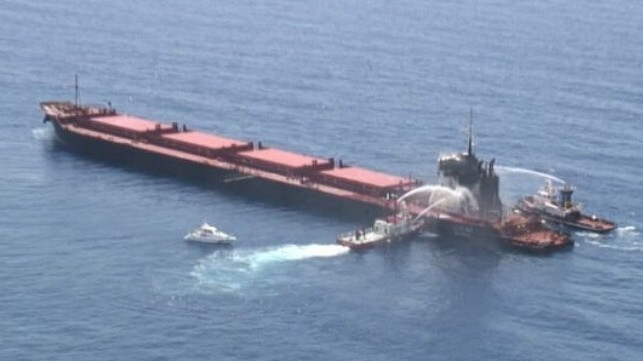






 Photo credit: CNA
Photo credit: CNA Photo credit: Pixabay
Photo credit: Pixabay